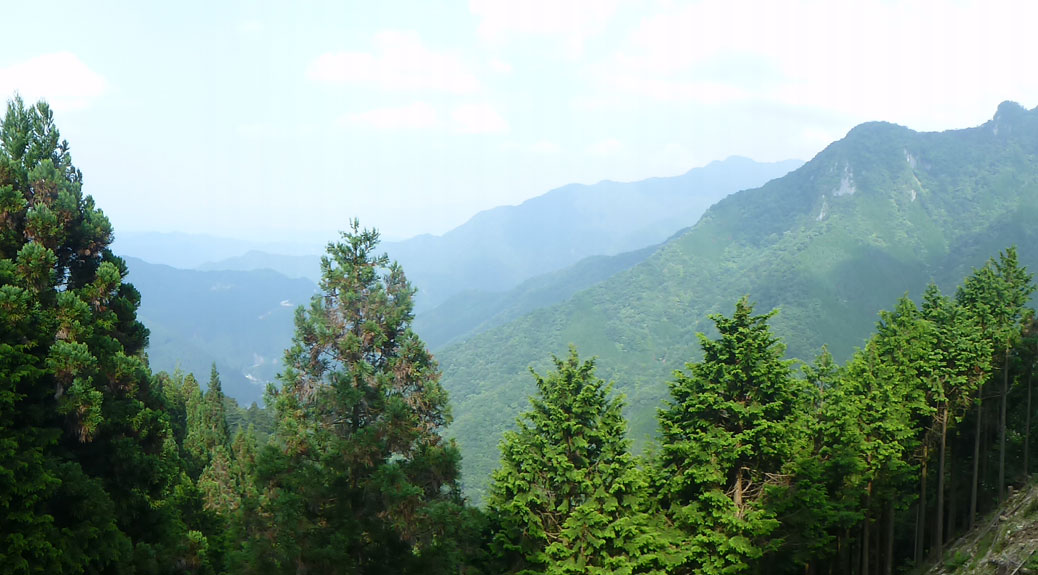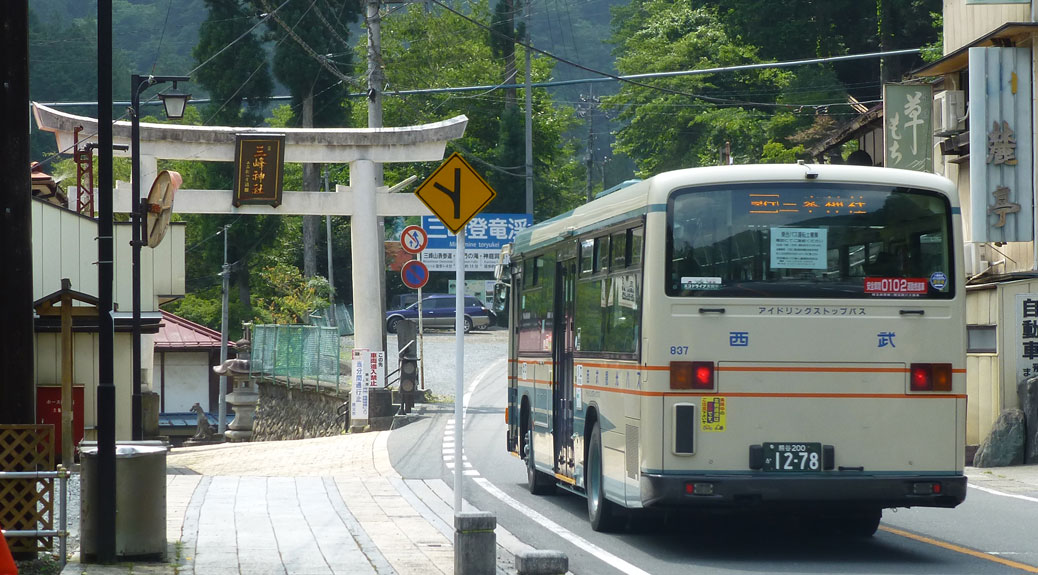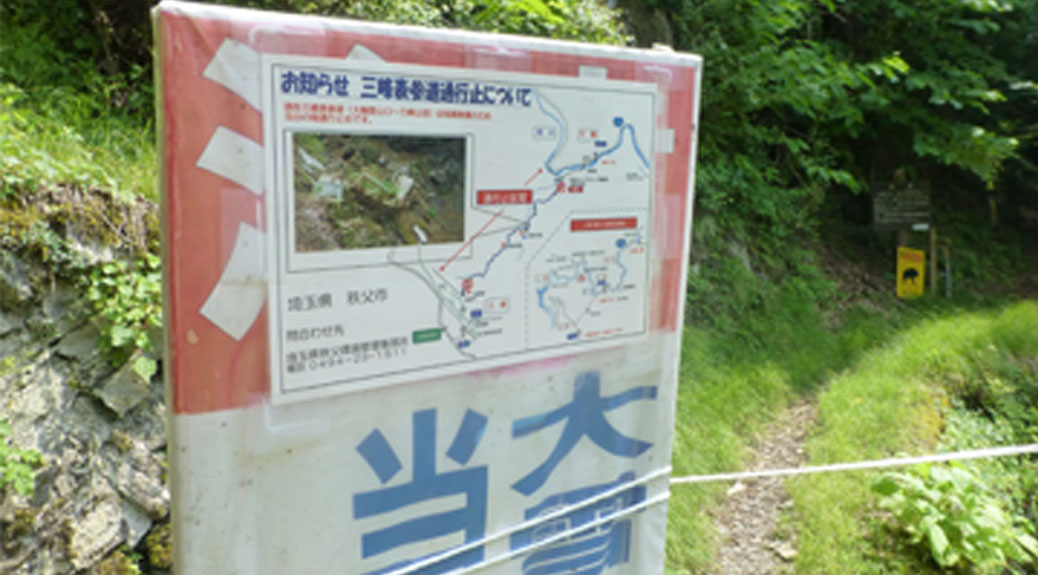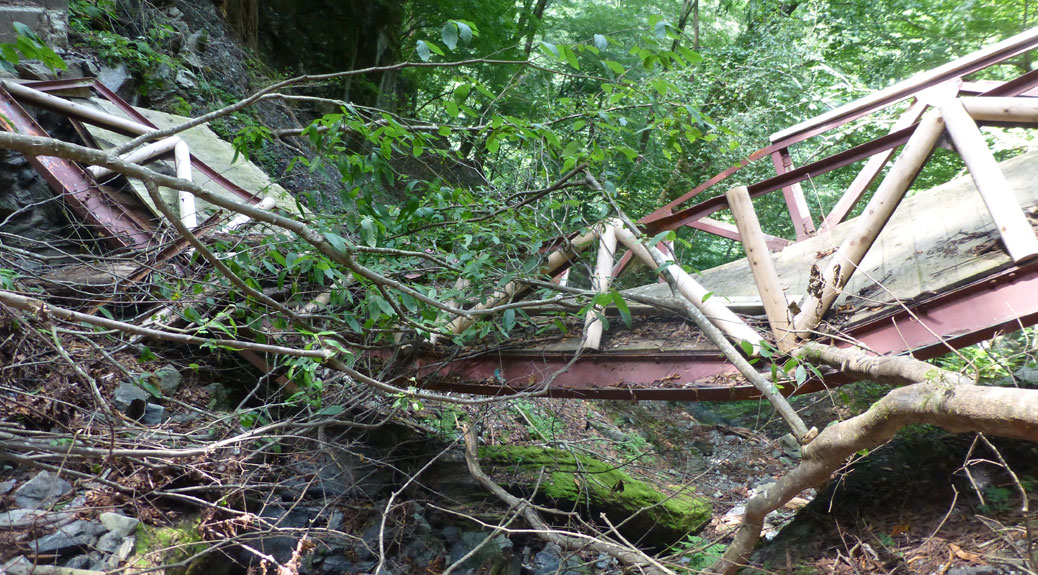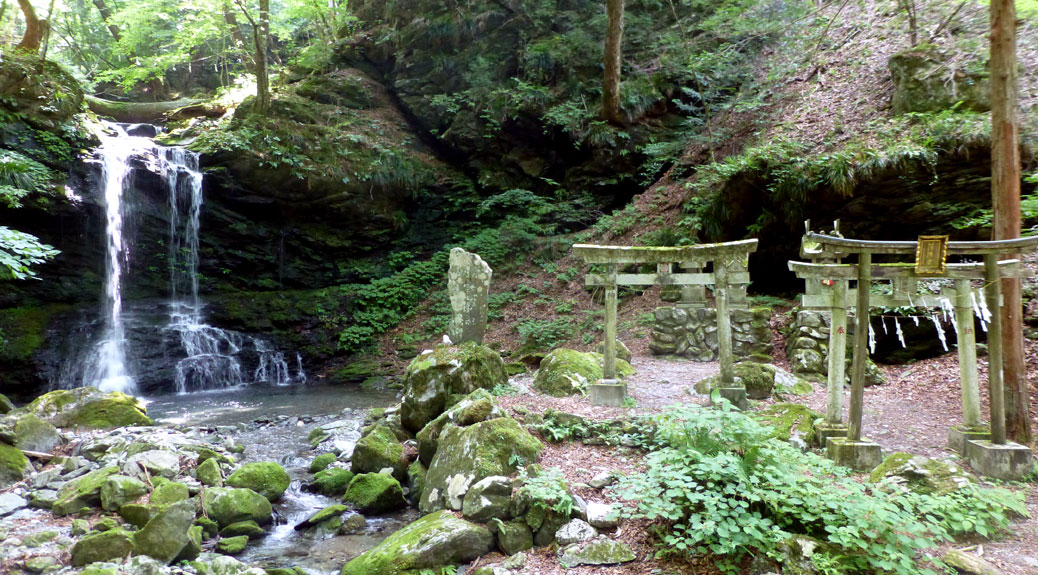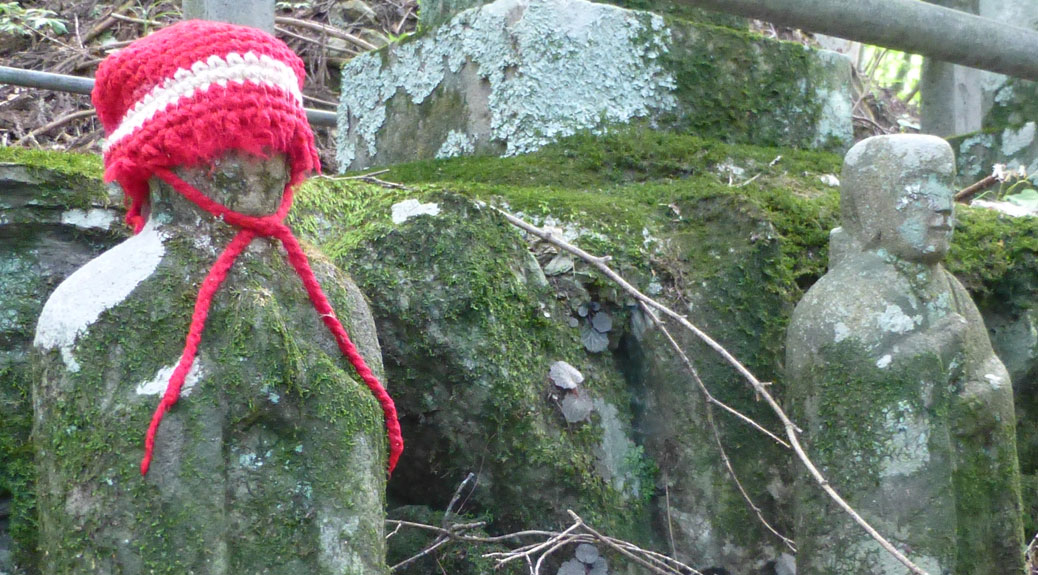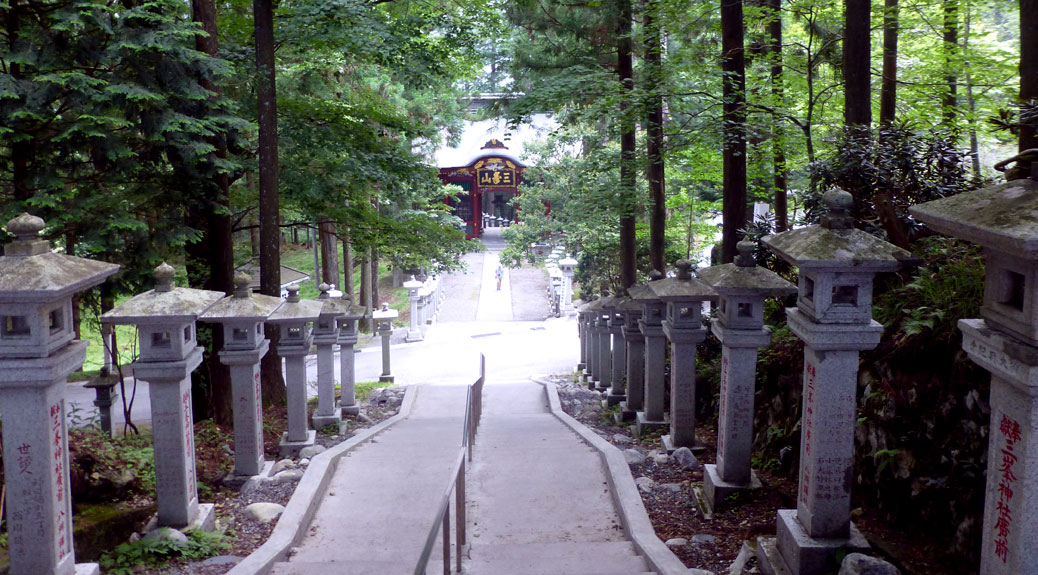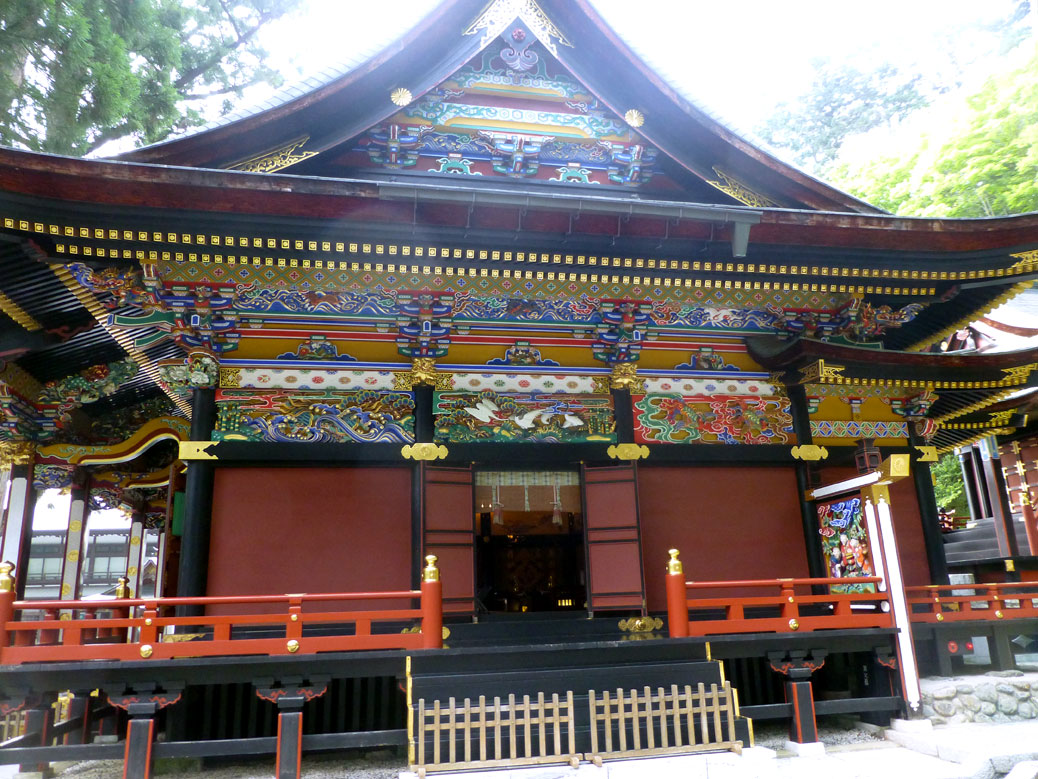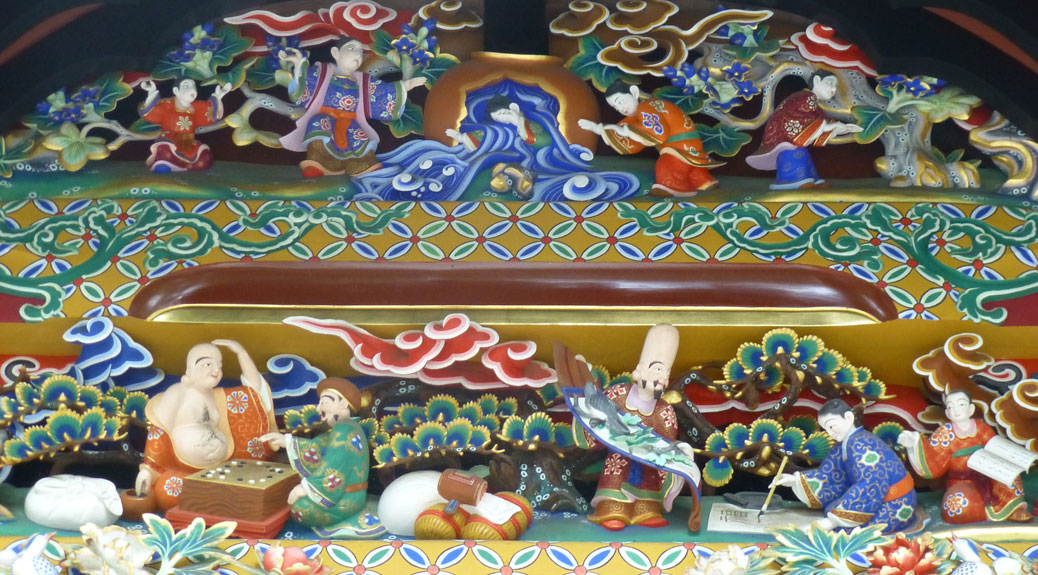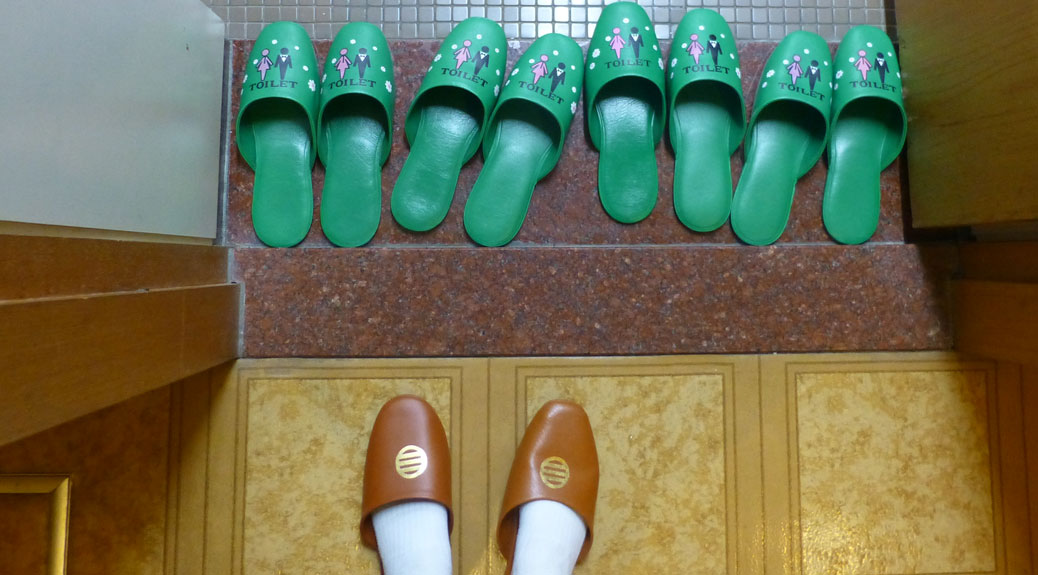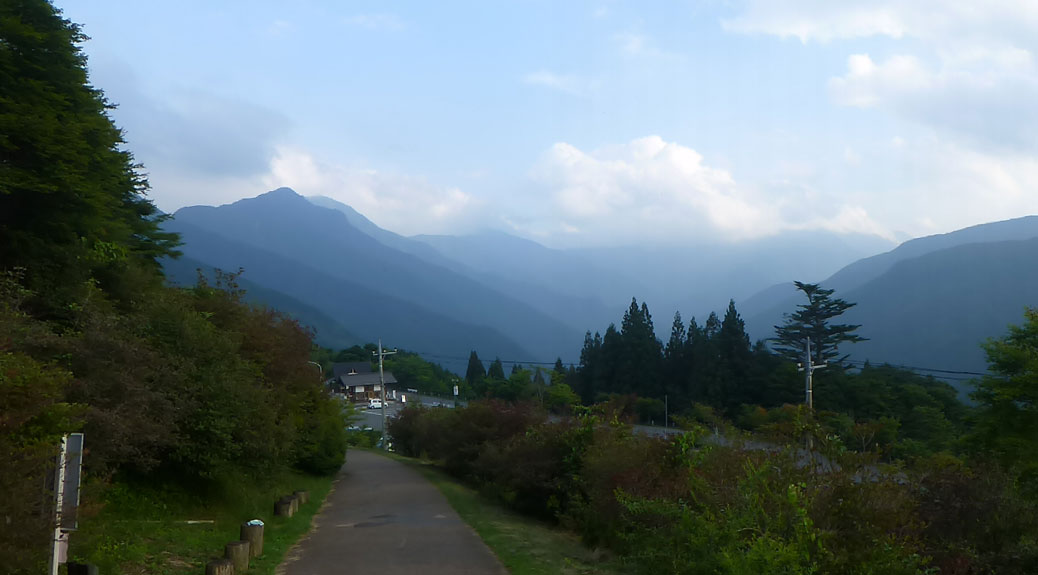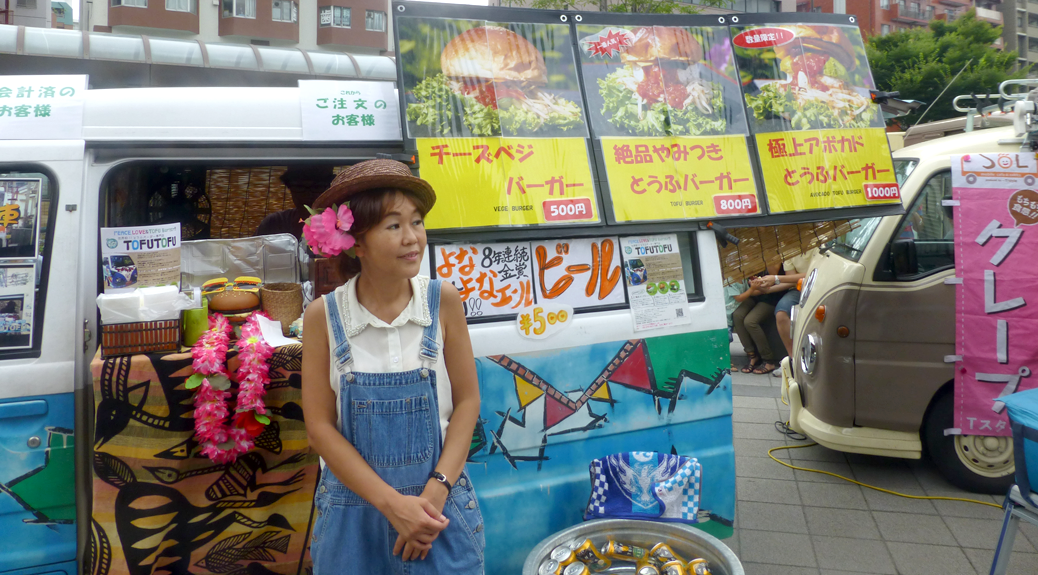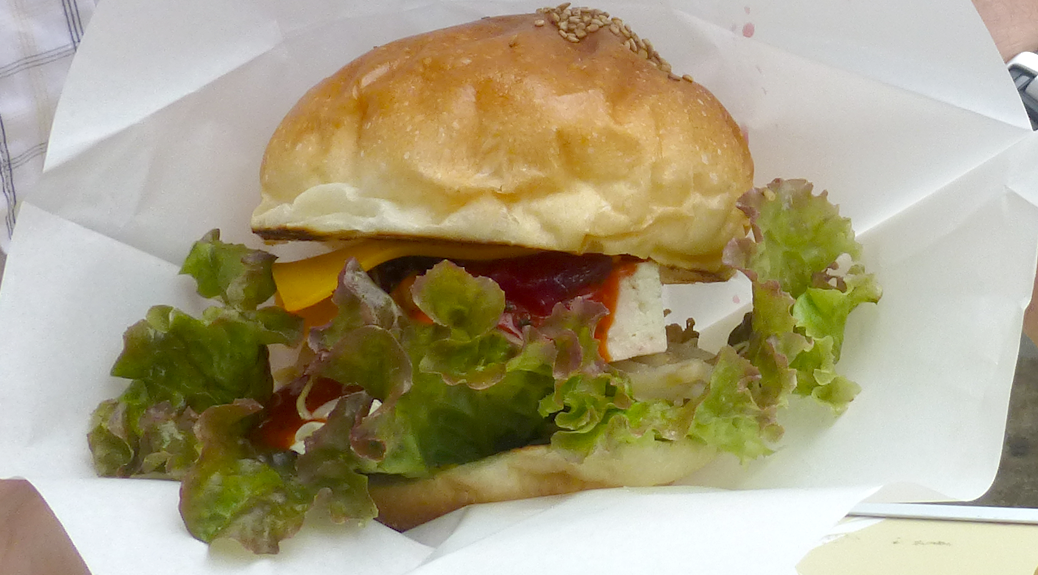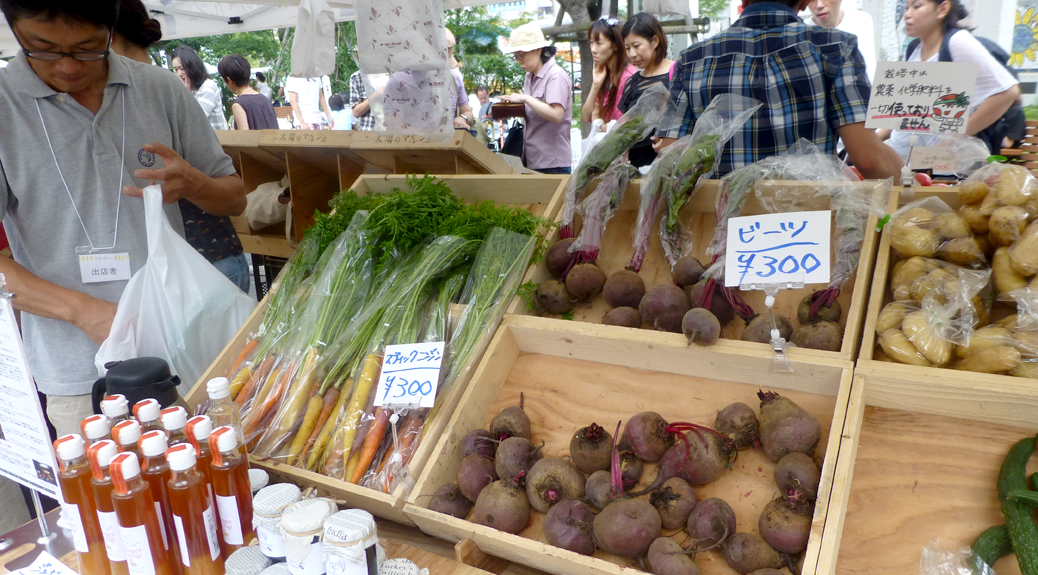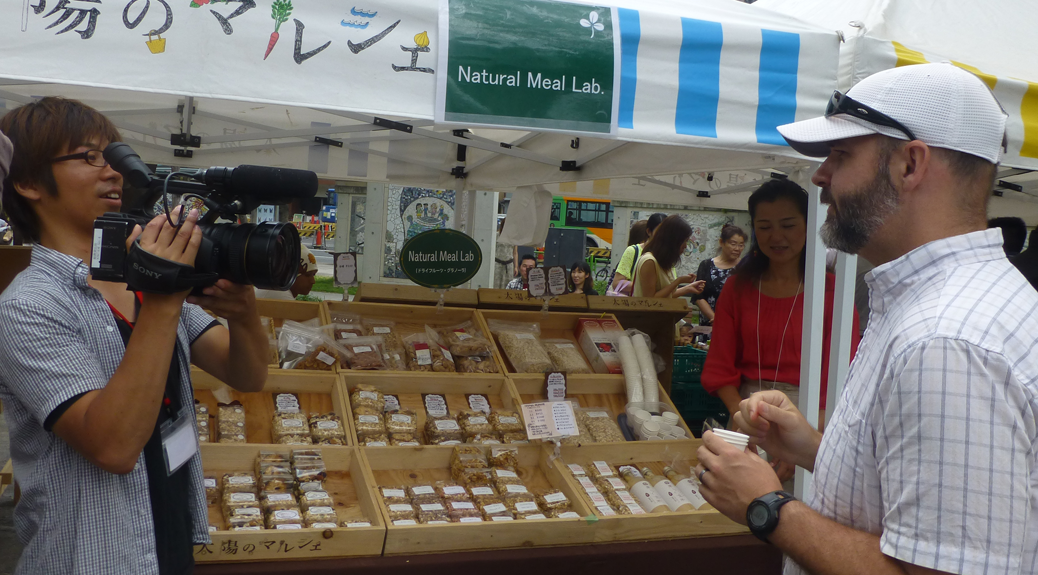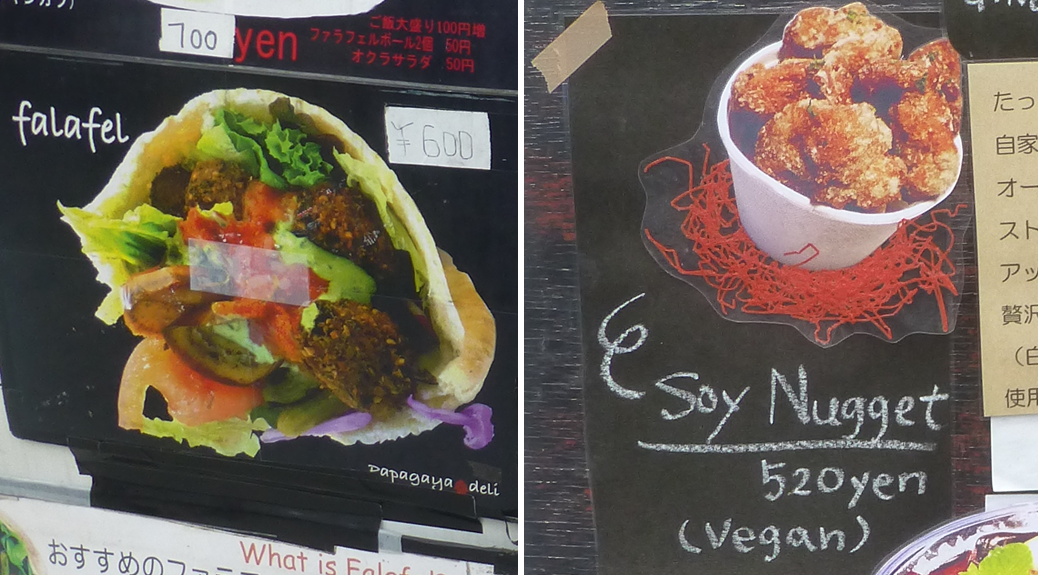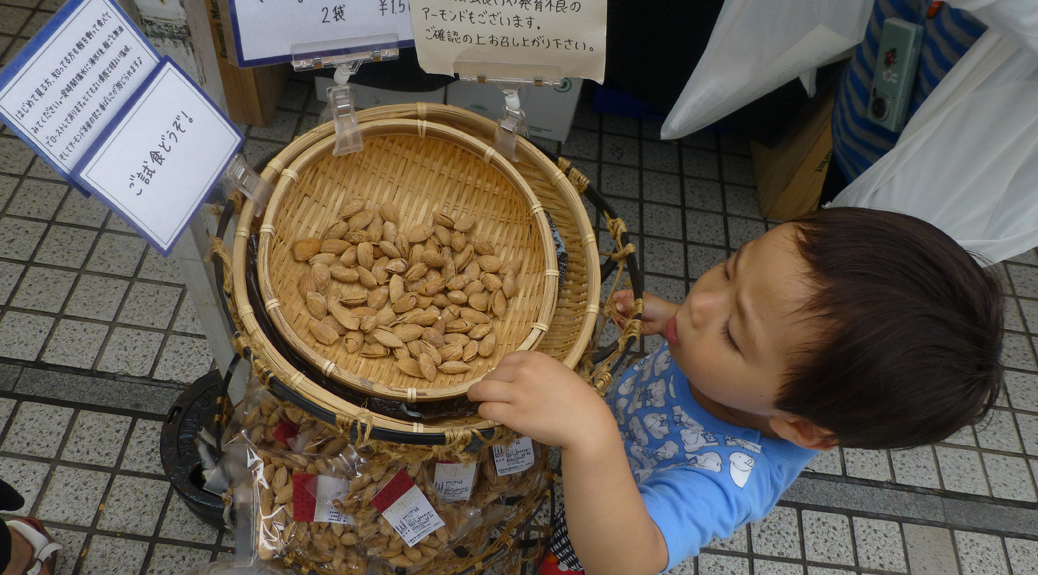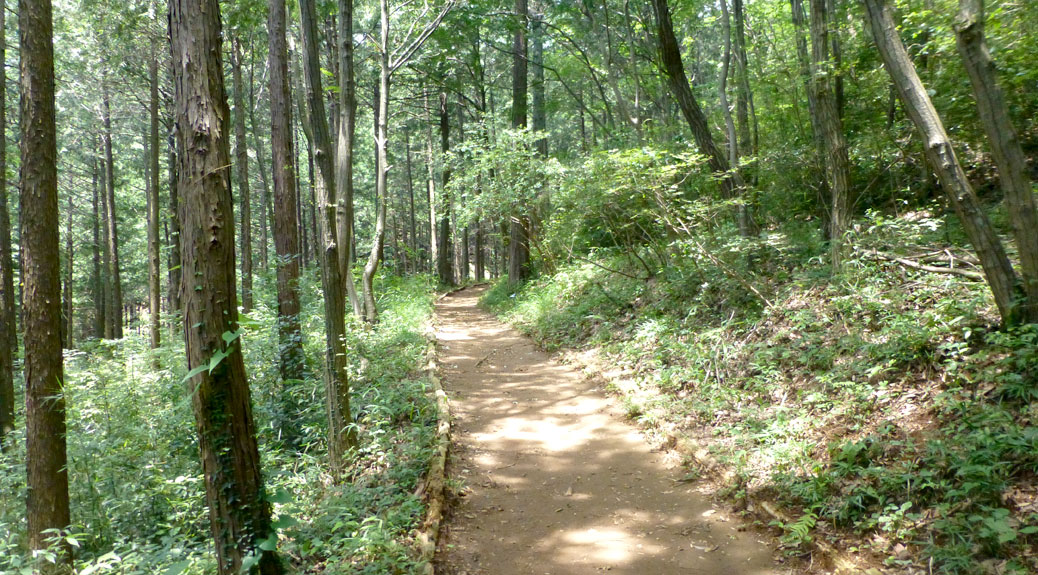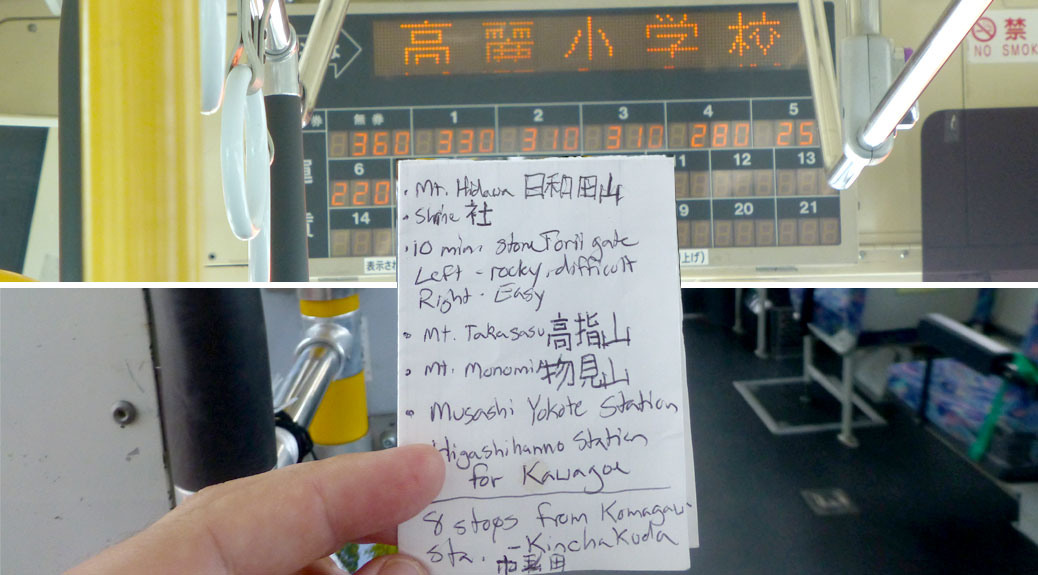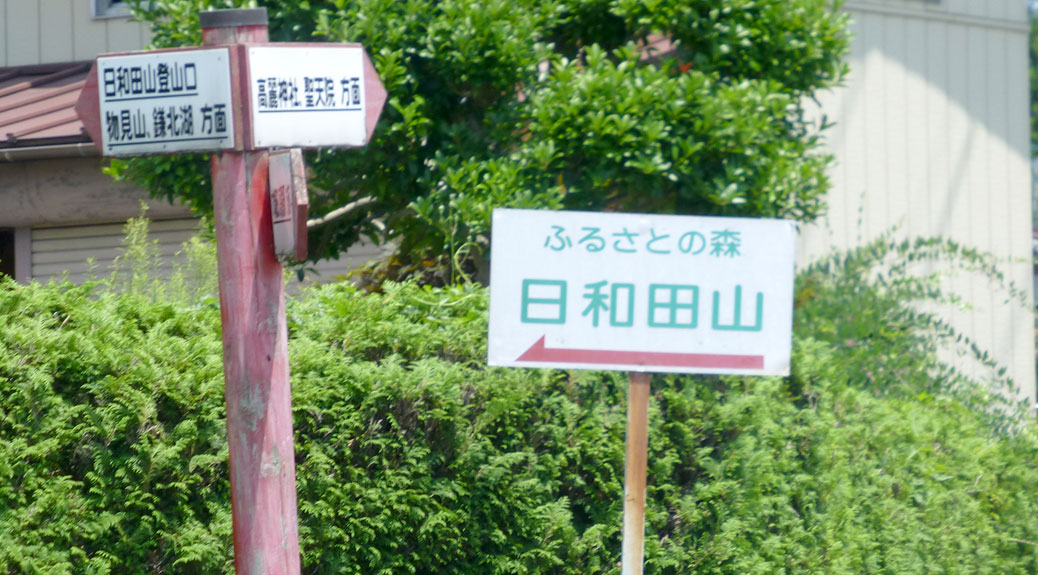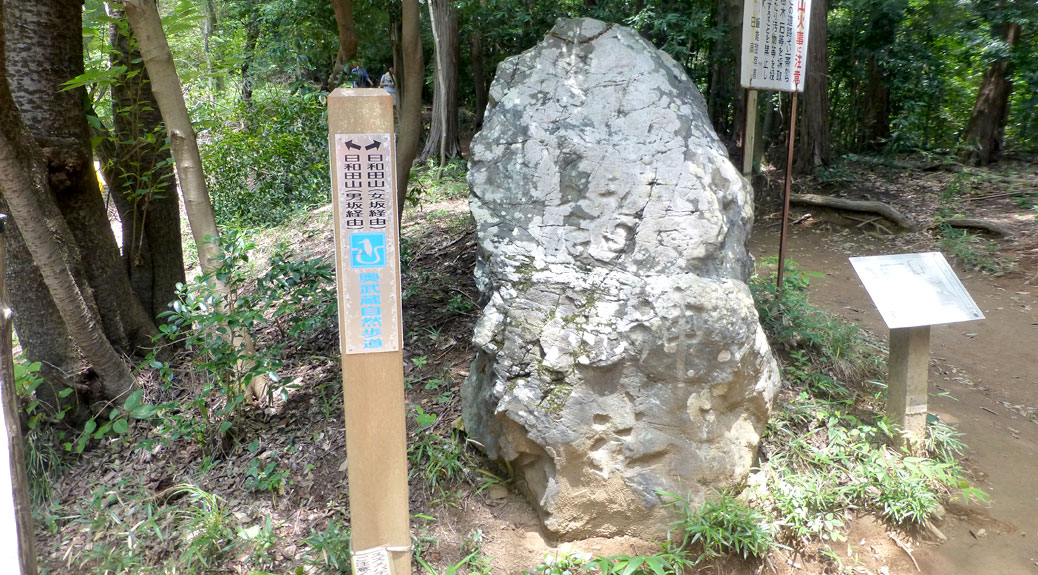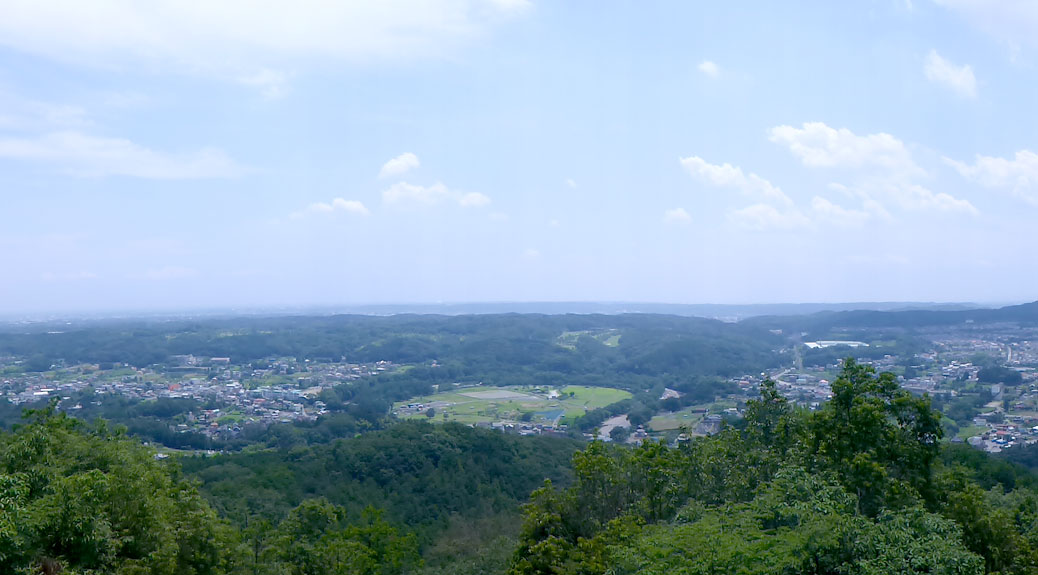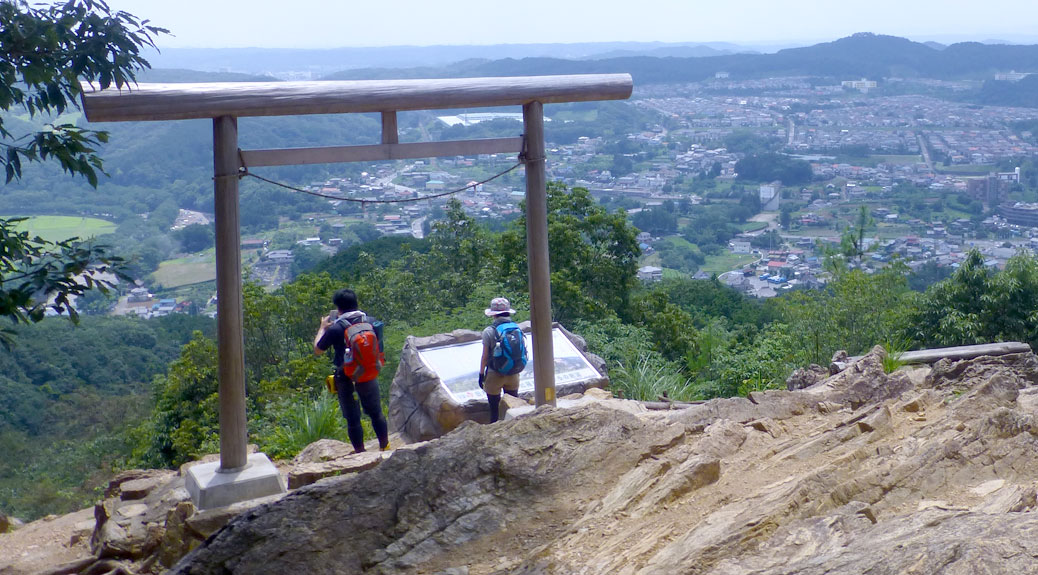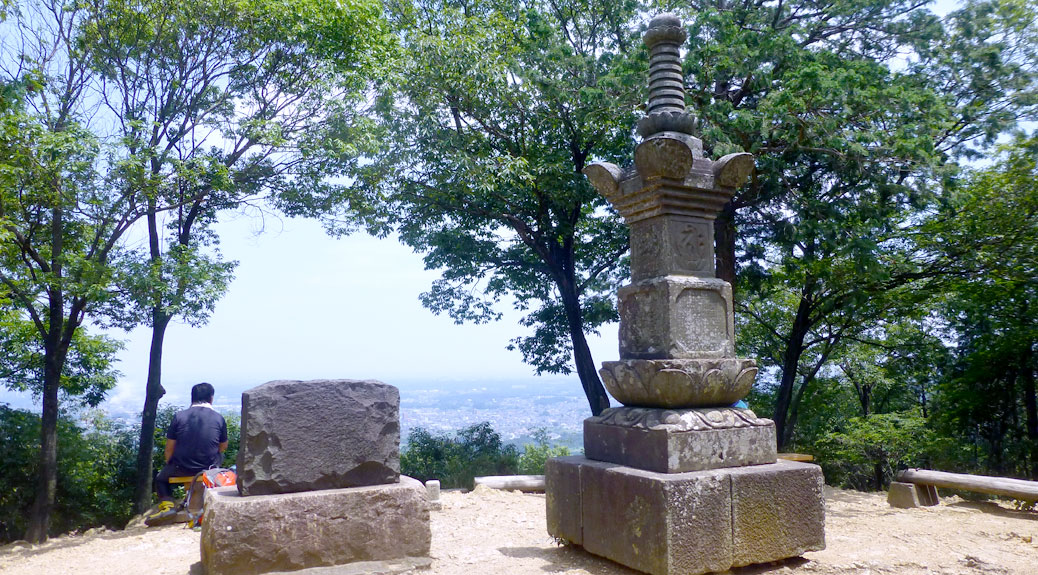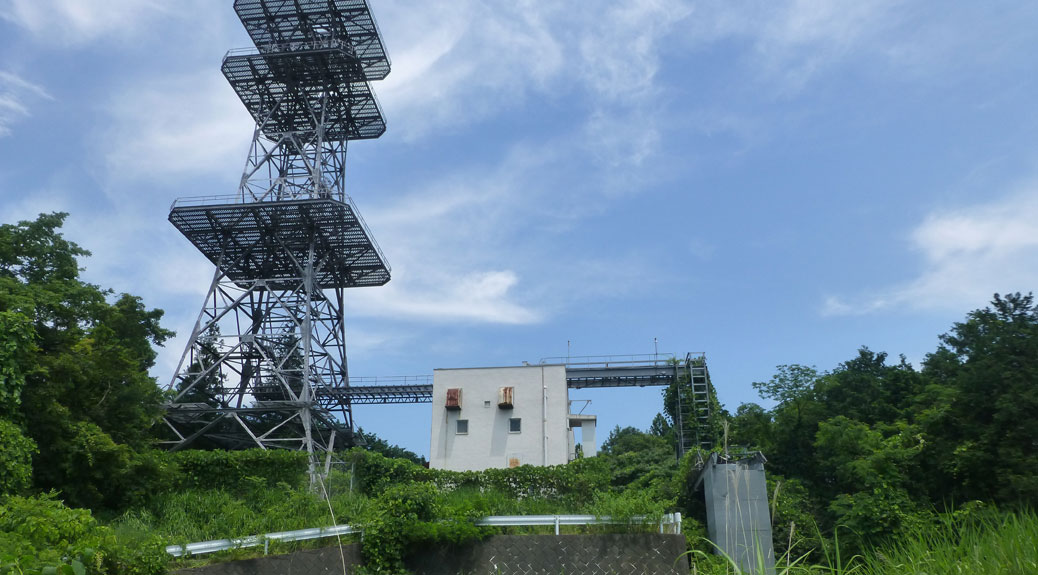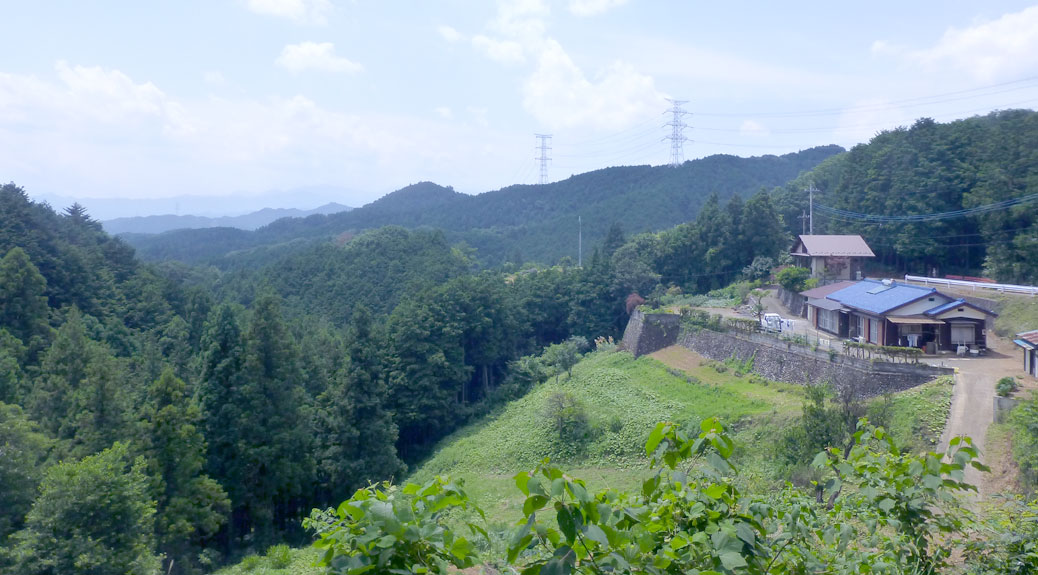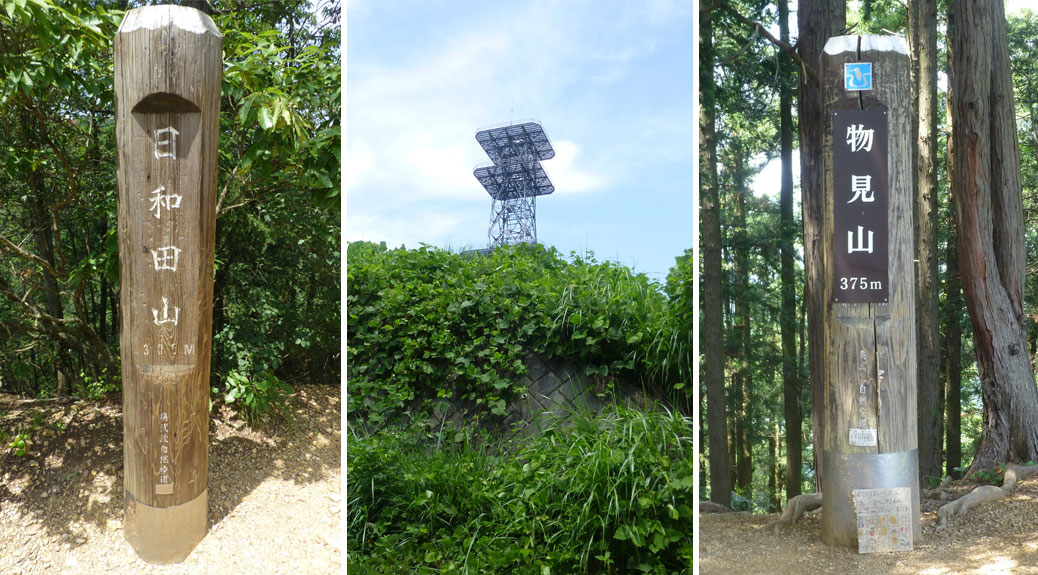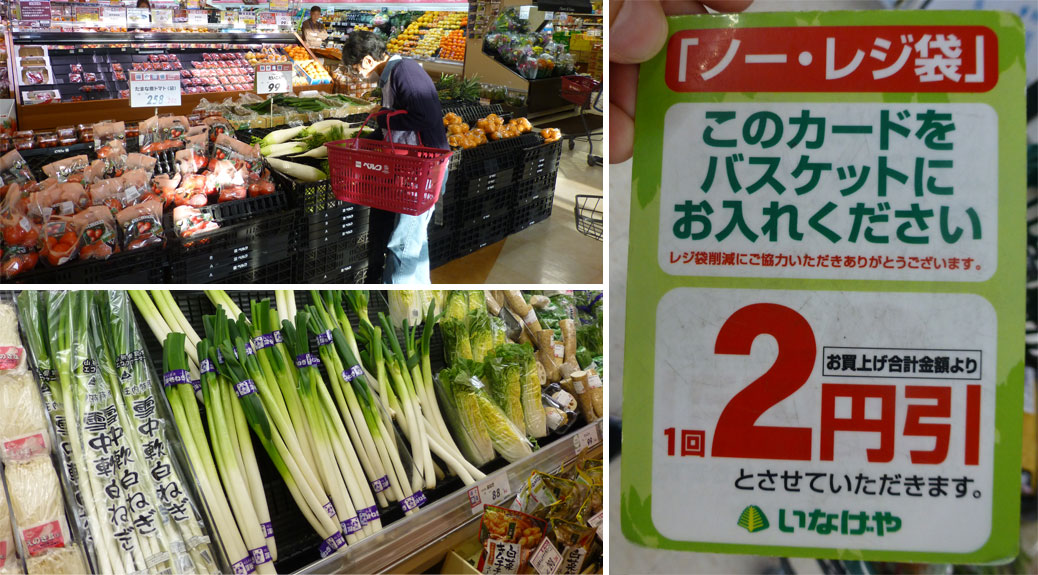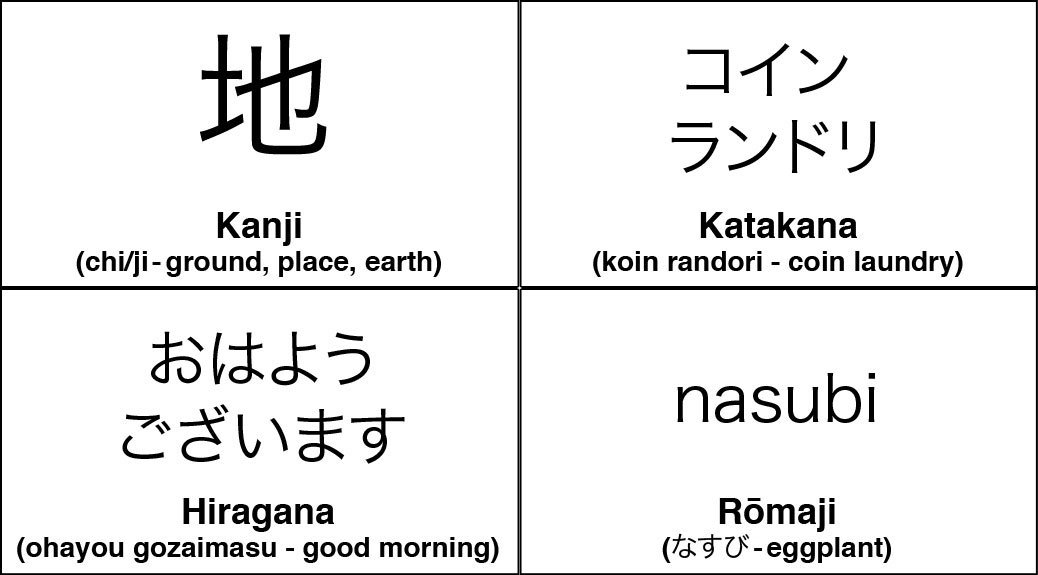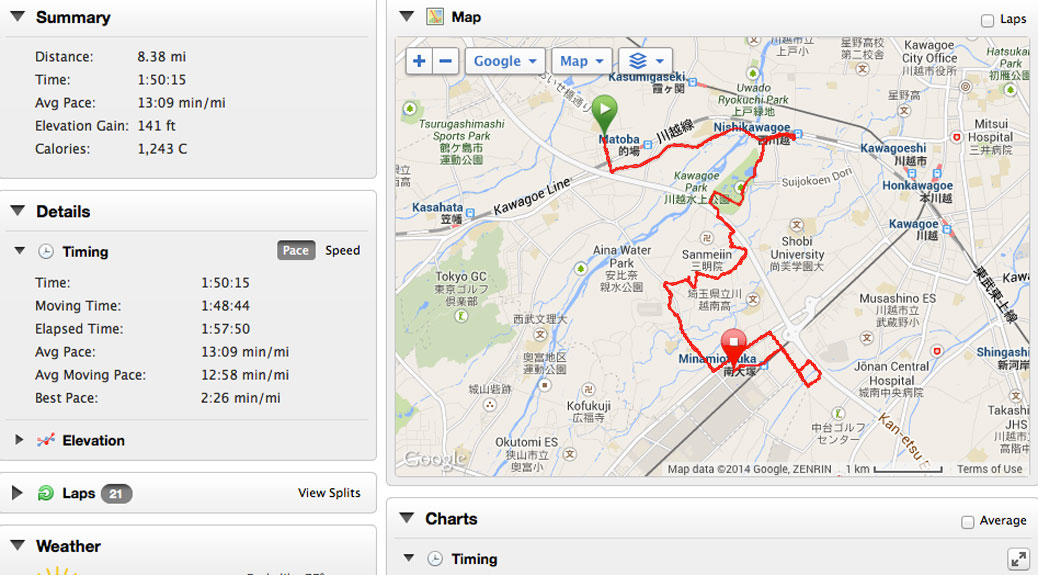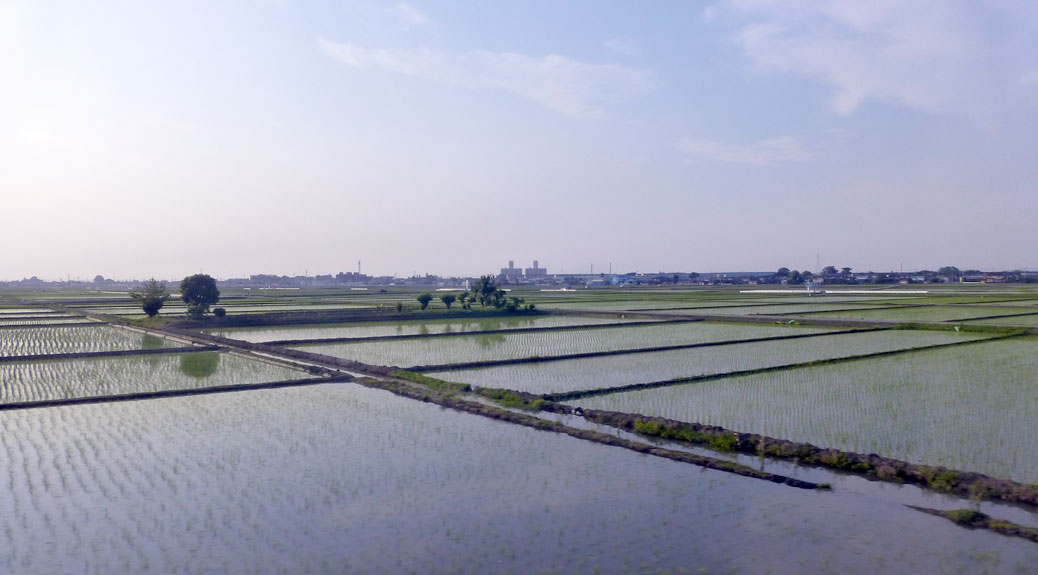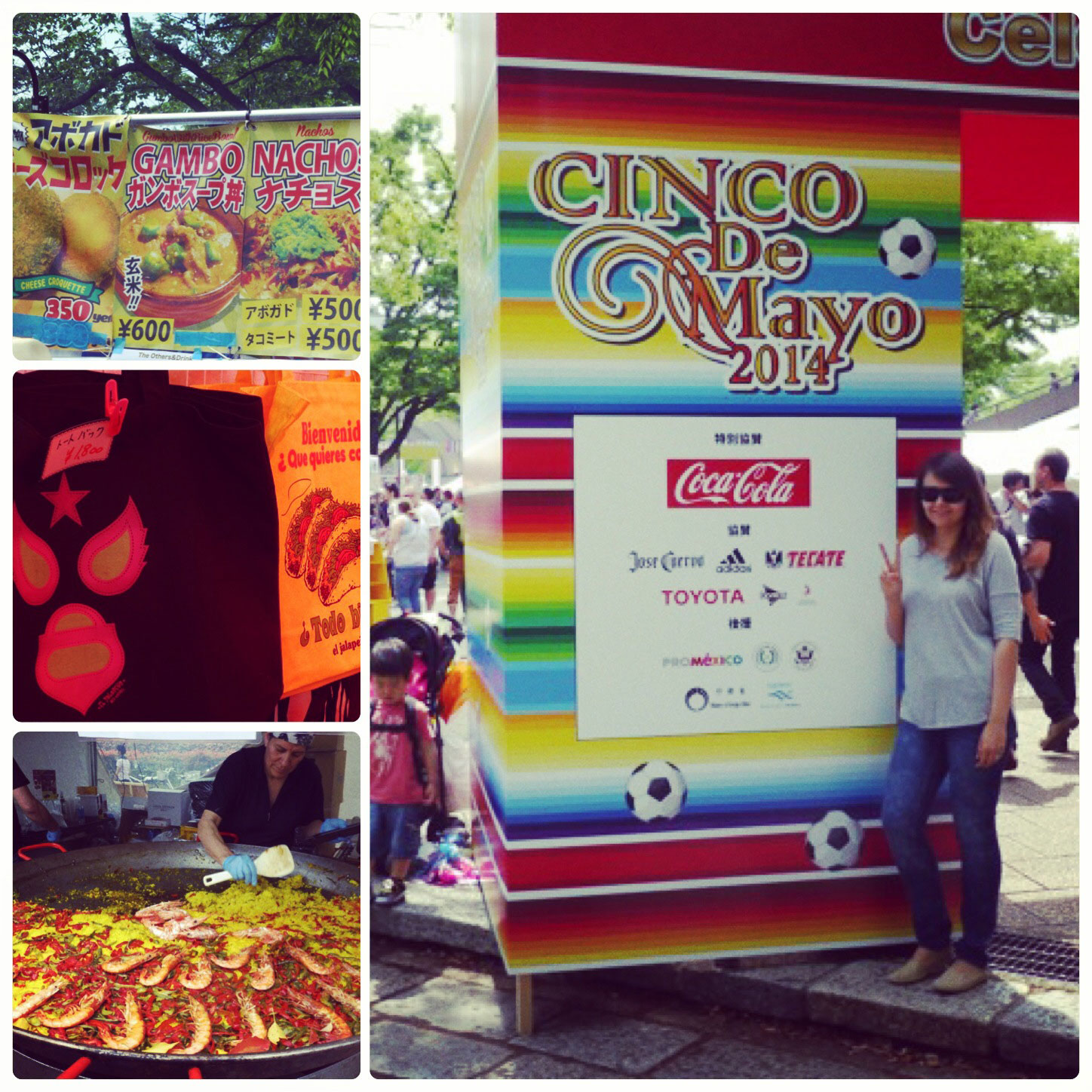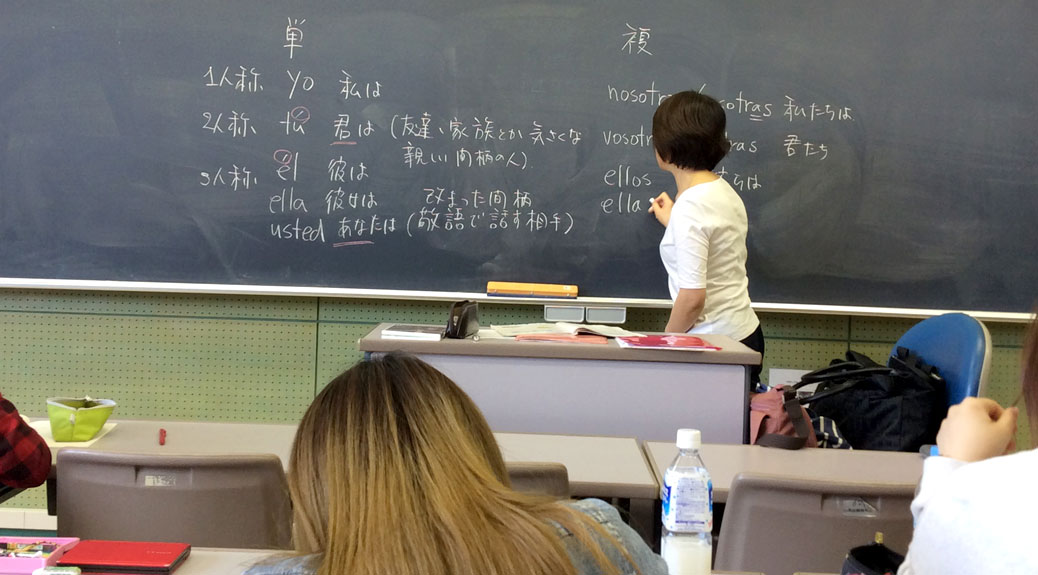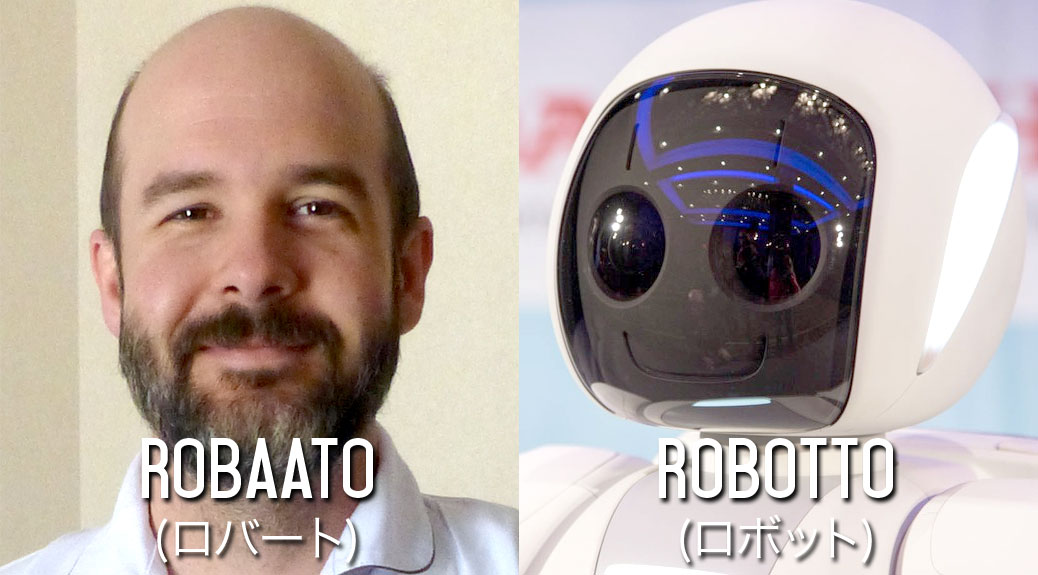Most of the posts on Cascadian Abroad are very positive and reflect our experiences honestly and accurately. Some of the more difficult experiences (that, again honestly, make up only a small part of our time here) are usually couched with humor and sarcasm. But it hasn’t all been easy.
A few weeks ago we had an e-mail dialog with a woman back in the U.S. who was deciding whether or not to come to Japan to teach next spring. It was an interesting thread as it really made us think about the experience so far and what we wish we would have known before we made the decision to come to Japan. Her and her fiancé are in a similar position as we were back in our decision-making process, so we were happy to provide some information.
Had we known these things in advance, it wouldn’t have changed our decision to come and actually might have expedited our decision while helping us better prepare for the move. I’d like to share some of those things today.
Finding a job in Japan will be difficult
Since her spouse was also leaving a career in the U.S., they had questions about finding work. My visa allows me to work up to 28 hours per week, but finding a part-time job isn’t an easy task. Most English-speaking jobs in our area still require at least business-level knowledge of Japanese. I’m still working up to toddler-level Japanese, so most of those opportunities are off the table. The couple of contacts I’ve made have projects that are “in the works,” but they are moving on Japan Time, which is akin to Island Time.
Not very many people speak English
Americans are pretty ethnocentric (although I think it’s not just Americans), so prior to coming to Japan, we got a lot of “Don’t worry, they’ll probably speak English.” That may be true in parts of Tokyo or other large cities, but where we live, it’s just not the case. Some people learned a little bit in school, much like we speak a little bit of Spanish or French or whatever language class we took for two years in high school. Those who know a little are more than happy to try and communicate with you, but (no duh!) I’ve found that I need to learn Japanese to communicate in Japan.
Our adventure started in a whirlwind fashion, but I think if we had more time it would have been helpful to take Japanese classes in the U.S. with English-speaking teachers. When you’re starting from scratch, or rebooting nearly 20 years removed from high school Japanese, learning in-context is tough, especially with a language not based in a Latin/Roman script.
People will stare at you
One thing that alternately annoys me and fascinates me is that we stick out like a sore thumb in our neighborhood. Some people are interested, some stare with suspicion, some children cry and scramble into their parents’ arms (all true stories). The suspicious stares are a little hurtful as is the feeling when a mother hastily grabs up her child when you walk by, purely because of the color of your skin (and, yes, it feels odd to write that as a Caucasian person).
Mostly though, people are really kind to us. We were coming home from a walk today when a man came up to us and, in his best English, invited us to “this town’s festival.” Our neighborhood had a little carnival in the park. A few people smiled wide at us and greeted us. A man gave us a ticket for a kakigōri (Japanese shaved ice). A couple days ago, the druggist who helped me find cough medicine last week remembered me on our next visit and asked if the medicine helped. Many people are interested in where we’re from and I wish that I knew more Japanese to be able to answer all of their questions.
Ship a BUNCH of your favorite things
We had the opportunity to ship two large boxes about six weeks before we left the U.S. Add in a couple checked bags and our carry-ons, that’s all we would be bringing on our adventure. Trying to figure out what you’d want or need in a place you’ve never been is tough. I have way too many pairs of socks and nice pants and we’re all out of Kirkland Signature Natural Creamy Peanut Butter already. Japan’s customs restrictions mean we can’t ship a lot of our favorites products from the States, which isn’t that big a deal because it’s pretty spendy to do so anyway. But, being forced to adapt, I’ve perfected a shiitake mushroom “beef” jerky and veggie bratwurst!
Let go and enjoy the adventure!
I’ll admit, I was way too uptight about some of the little things. Leaving behind everything you know isn’t easy, but the things we’ve seen over the last five months have made it all worthwhile. I know my poor wife gets a lot of “How’s Robert doing?” questions, expecting to find me huddled in a corner crying. My answer? I snorkeled the Great Barrier Reef two weeks ago, saw the Sydney Opera House last week and climbed to the summit of Mount Fuji four days ago.
I’m fine, thanks.


